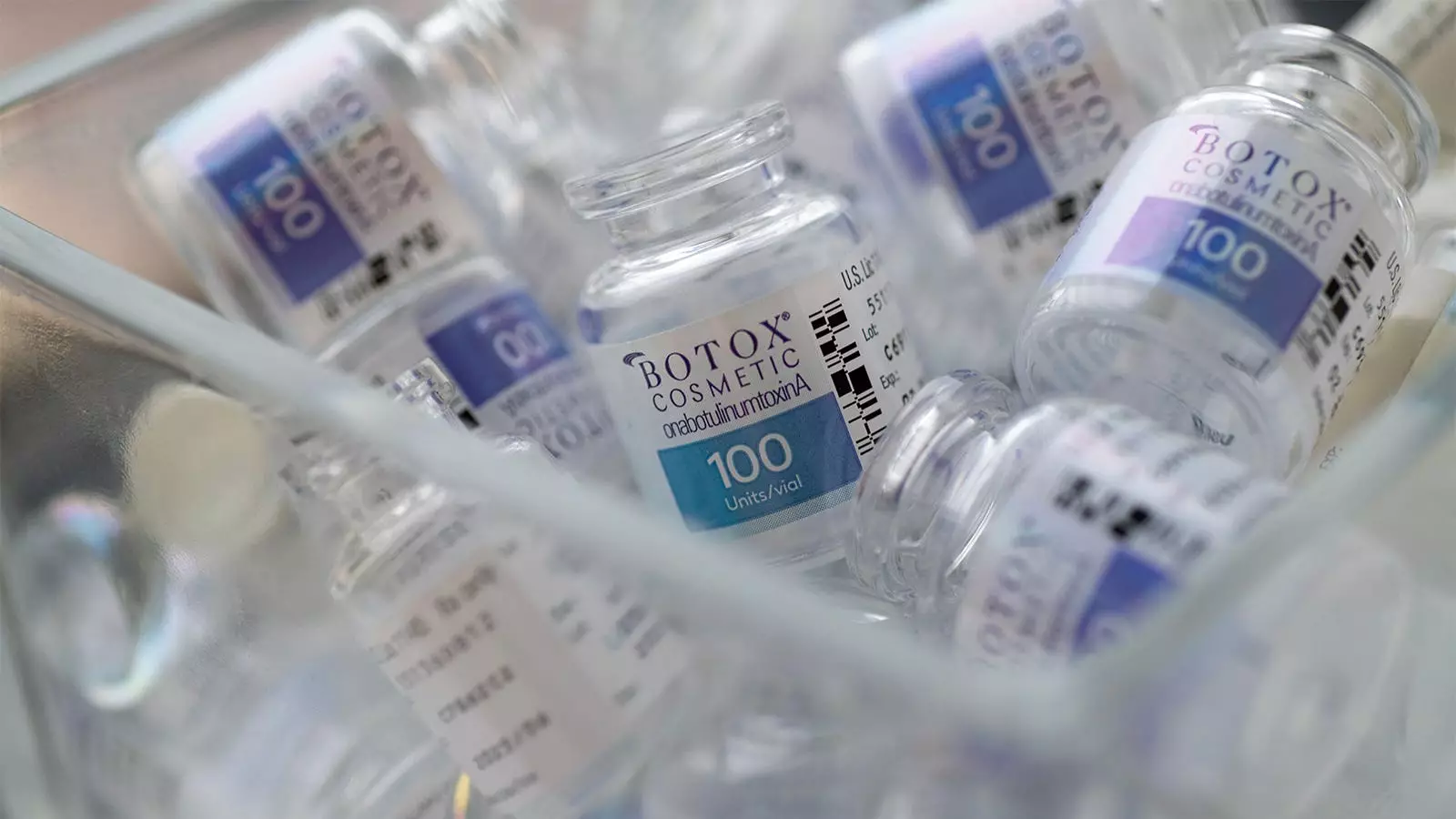The remarkable evolution of Botox as a medical solution has its roots in an unfortunate event that occurred in December 1895. A tragedy struck when a Belgian brass band, after performing at a funeral, fell victim to mass food poisoning during a convivial gathering at “Le Rustic” inn. The culprit was a seemingly innocuous meal of salted, uncooked ham, which led to the onset of debilitating symptoms including paralysis, difficulty swallowing, double vision, and respiratory issues. This catastrophic incident culminated in the illness of nearly half the band members, with three fatalities, and it marks a stark reminder of the potential dangers associated with food preservation methods.
It was this unfortunate outbreak that introduced the world to botulism—subsequently understood as being caused by the toxin produced by the bacterium Clostridium botulinum. The investigation initiated by local health officials represented a turning point in microbiological research when they brought in microbiologist Émile van Ermengem. His assumption about a bacterial origin was eventually validated, leading to the identification of the bacterium responsible for the severe symptoms. This investigation underscores the critical role of scientific inquiry and collaboration in medical advancements.
In the science of medicine, serendipity often plays a pivotal role, leading to groundbreaking discoveries. An astonishing leap in the application of botulinum toxin came much later, in the late 20th century, when Canadian ophthalmologist Dr. Jean Carruthers stumbled upon its cosmetic potential in 1987. Initially focused on treating muscle spasms around the eyes, Carruthers encountered a patient who made a casual yet insightful remark: after receiving Botox injections, her forehead wrinkles vanished.
This simple observation unveiled an unexpected application of what was essentially a medical treatment. Rather than rushing to her next appointment, Carruthers took the time to engage with her patient’s feedback. This moment of patient-doctor interaction was crucial, demonstrating how attentive listening could inspire a transformative idea that shifted the perception of Botox from a therapeutic agent to a widespread cosmetic product. The serendipity here was not just in the revelation of a new use for Botox; it was also rooted in the inherent relationship between patient and physician.
This narrative prompts a crucial discussion regarding the inherent value of time and trust in the healthcare setting. Dr. Rana Awdish, a prominent figure in the discourse surrounding doctor-patient communication, emphasizes that serendipitous moments can occur during routine examinations or consultations when patients feel secure enough to disclose symptoms or concerns that might seem trivial or embarrassing. Such interactions provide fertile ground for unexpected diagnoses and innovative treatments.
However, in contemporary healthcare systems characterized by high patient volumes and overwhelming administrative pressures, opportunities for these critical conversations are dwindling. Physicians are increasingly pressured to prioritize efficiency over meaningful engagement, leading to a disconnect that undermines the essence of medical practice. The decline in public trust in healthcare professionals, exacerbated by events like the COVID-19 pandemic, further complicates this relationship. Without trust, patients may hesitate to share vital information, depriving doctors of the insights required to make astute medical advancements.
In order to foster a culture conducive to serendipitous medical discoveries, there must be a concerted effort to prioritize the doctor-patient relationship. The compelling narrative of Botox demonstrates how pivotal these connections can be in advancing medical knowledge. Time must be dedicated to individual patients, allowing for organic conversations that could lead to revolutionary insights, much like how Dr. Carruthers redefined the application of Botox.
Rebuilding trust in healthcare also requires transparency and empathy from medical professionals. By creating an environment where patients feel valued and heard, doctors can encourage open dialogues that may lead to both personal diagnoses and wider medical breakthroughs. Furthermore, medical institutions need to support their practitioners by allowing them the necessary time to engage deeply with their patients, thereby reclaiming the art of medicine that is often overshadowed by bureaucratic demands.
The story of Botox is emblematic of how tragedy and serendipity can converge to inspire transformative medical practices. As healthcare continues to evolve, it is essential to prioritize the fundamental tenets of trust, time, and open communication within the doctor-patient dynamic. Ultimately, fostering a collaborative environment will not only benefit individual patients but may also lead to the serendipitous innovations that can reshape the medical landscape for generations to come.


Leave a Reply